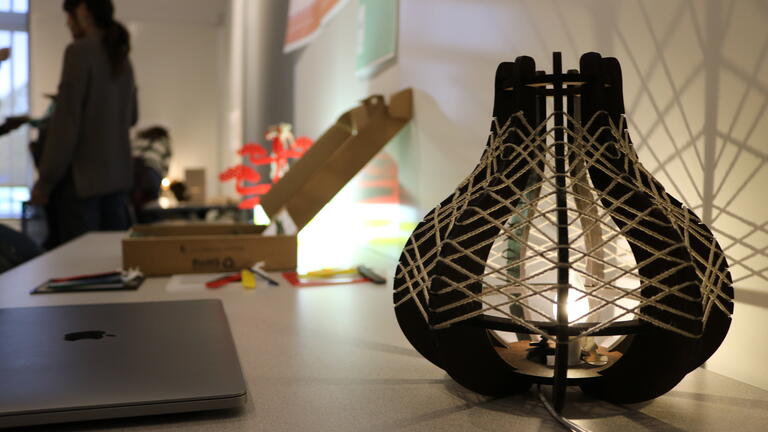Gauri Sharma

Gauri Sharma
Shivani Kannan, Revati Naniwadekar, Shama Patwardhan, Vanya Rawat
Emily Lau
Gia Marino and Shannon Lin
Chelsea Tang and Renee Chang
Daniel Zhu
Juhi Kedia, Joan Lee, Helen Zhang
Ally Wen
First Year Studio Cohort